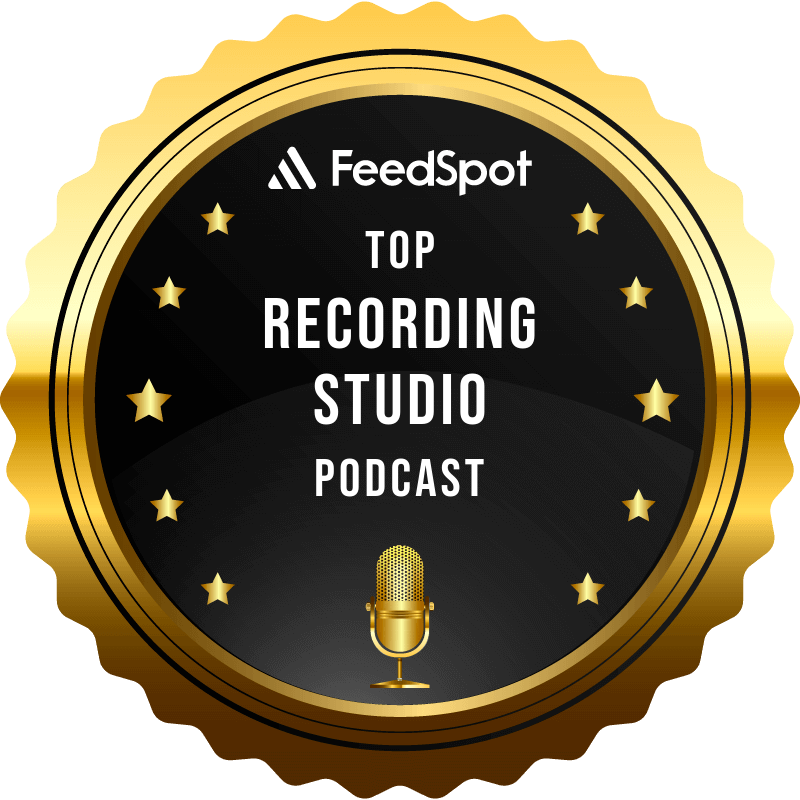How to Make Your Mix Move and Breathe
A static mix can sound polished—but lifeless. The trick to keeping listeners engaged is giving your mix a sense of movement and breath, the kind of subtle shifts and dynamics that add sparkle, splash, and energy. In this episode of Inside the Recording Studio, Chris and Jody waltz into the art (and science) of how to make your mixes come alive.
From gentle automation rides to bold effects decisions, they break down the techniques and workflow strategies that inject vitality into even the simplest song. It’s not about cranking levels or overloading plugins—it’s about intentional moves that let your track evolve and hold the listener’s attention beyond the first chorus.
Expect practical discussion on:
- Automation techniques to bring vocals, guitars, and keys in and out of focus.
- Adding sparkle and shimmer through EQ boosts, harmonic enhancers, or subtle modulation.
- Using effects like reverb and delay for splashes of space that feel musical, not messy.
- Creating contrast in arrangements so your mix breathes instead of plods.
- Identifying hidden features in studio gear that help add subtle life to your tracks.
Whether you’re mixing in a pro studio or with home studio gear, these tips will help you avoid the dreaded “flat” mix syndrome. Chris and Jody keep things technical but conversational, weaving in humor, anecdotes, and a touch of nonsense (as always) to keep the ride entertaining.
And don’t miss this week’s Friday Finds, where they share more creative sparks and tools to level up your productions.
By the end of this episode, you’ll have new ideas for transforming your mixes from static to dynamic—and your listeners will feel the difference.
******************************
Gear we used:
Jody’s Mic & Voice Chain: Telefunken C12 – Groove Tubes Vipre – Apollo – UA Neve 1073 – UA LA2A – UA Studer A800
Jody’s Channel Strip: iZotope RX Spectral DeNoise – iZotope RX Mouth DeClick – UA Neve 1073 – UA LA2A – UA 1176E
Chris’ Mic & Voice Chain: Slate ML1 – Apollo – UA – Slate VMR (FG12, FG73, API Eq, SSL 4kE) – iZotope RX Voice – DeNoise
Chris’ Channel Strip: Eventide Precision Time Align – iZotope RX Spectral DeNoise – iZotope RX Mouth DeClick – UA Neve 1073 – UA LA2A – UA 1176E
Master: Oek Sound Soothe 2 – iZotope Ozone Imager – iZotope Ozone Maximize.
******************************
If you want to collaborate, sponsor a podcast, donate, or want us to review your product – contact us at: collaborate@insidetherecordingstudio.com


